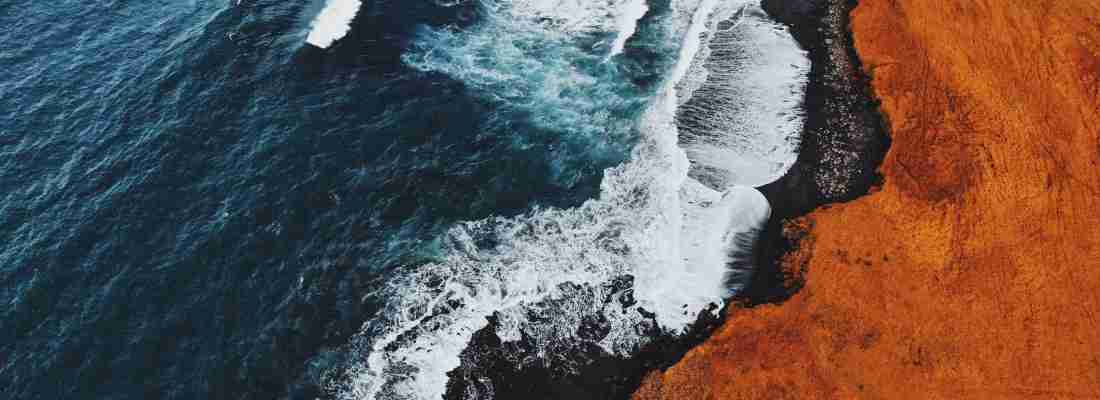- Redistribute preloved textiles to somewhere they will be used.
- Find ways to mend, remake and upcycle unusable tassels, cushions, tie backs and other textile-related items.
- Use offcuts and fabric remnants to create new, unique, bespoke one-off products from recycled materials.
- Produce minimal waste.
- Re-use unwanted items from other organisations and individuals.
- Minimise my impact on the environment.
- Attend local sustainability conferences and learn online to refresh ideas and continue developing policies (LINK)
- Be grateful.

Environment
- Source materials locally if possible. If they really have to come from further afield, UK only
- Limit parcel drops to the nearest courier collection points
- Work from home
- Mindful of energy use, keeping to lights in one room at a time and one radiator used
- Sewing Machine repairs done in the next village
- With most purchases a gift of wildflower seed balls are included for customer to plant, aiming to help contribute to bee, insect, bat, butterfly populations. (LINK TO SEEDBALLS).
Processing
- Washing is done using a washing machine rated A+++ (insert machine name here)
- I purposefully use washing cycles that use water economically.
- I try to dry everything outside and do not use a tumble dryer. I have to have a dehumidifier if drying indoors, so have this on only for short periods, then recycle the water using in my steamer and iron.
- Textiles are repaired and made using a preloved retro Viking Sewing Machine and a second hand Brother Overlocker.
- I recycle header tapes, facing and linings.
- Fabric offcuts are either saved for upcycling into other products, gifted to craftspeople for using in powertexing, toymaking and similar creative activities or redistributed for reuse to other makers.
- Threads are saved for either tacking, to create surface texture when felting or for reusing into handmade tassel skirts.
- Scraps are saved for making tie-backs, tassels, beads etc.
- Long strips are used for packaging curtains together.
- Some selvedges are saved for use with a future project.


Purchasing
- If extra sundries/books/products are required these are purchased preloved wherever possible. If unavoidable, I aim to buy eco-consciously. I use a refurbished steamer, a refurbished dehumidifier were bought, a vintage Viking sewing machine and a preloved overlocker for repairs and treatment.
- Business cards use recycled paper.
- Labels are printed on recycled paper
- I recycle textiles salvaged from local Derbyshire companies, organisations and individuals. The majority of material used would have otherwise been shipped abroad, adding to the carbon footprint
- Thank you cards and logo labels are hand-stamped rather than printed.
Packaging
- Boxes, plastic and jiffy bags are reclaimed from local companies and organisations such as TEXACO garage, FRINGE, ONE STOP (Links here). Family members, neighbours and friends also donate surplus packaging for reuse.
- Paper packaging tape was found to be inadequate, so I now buy strong plastic tape which is advertising a redundant firm.
- Offcuts of plastic are used for stuffing in parcels.
- Cardboard is used to wind trims round to tidy
- Recycled outers are boxes or bags with a recycled plastic inner layer, plus a recycled ribbon/fabric tie


Current goals
- Reducing chemicals. Washing powder is cheap and when processing large mountains of textiles and struggling to make ends meet, this is the logical option. Having learned more about chemicals in commercial detergents, however, I intend to try laundry sheets after using up the last bulk purchase.
- Reducing incoming packaging. The last washing powder purchased was bought bulk, in a sack, and the sack was re-used but the laundry sheets have very limited packaging.
- 2022 saw exploration with textile dyeing. Sadly, I don’t consider botanical dyeing to be suitable for curtains. I do not wish to contribute to water pollution, so will be choosing the best eco-choice when revisiting this activity.
- Support Rag Swaps in Sheffield.




